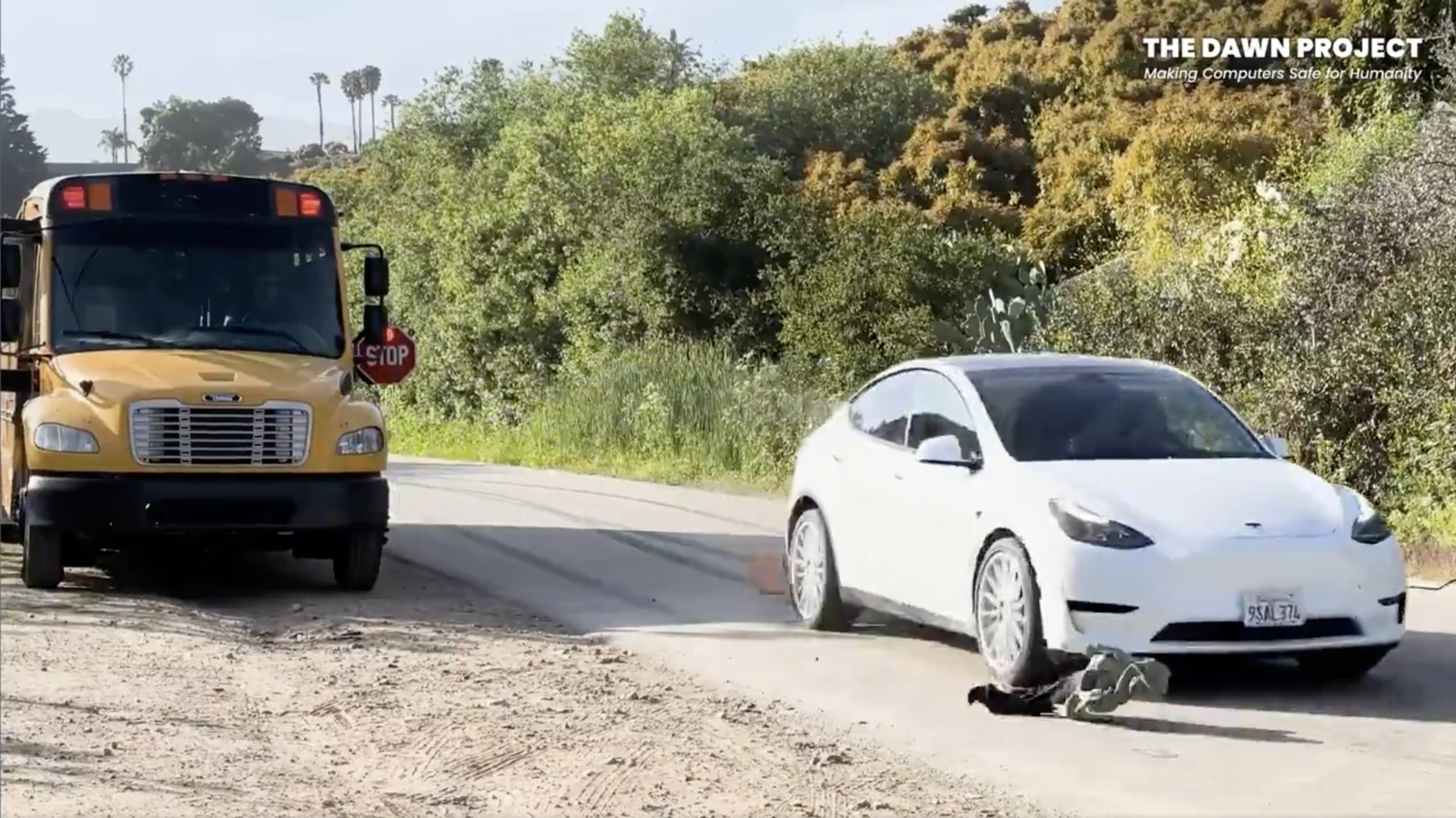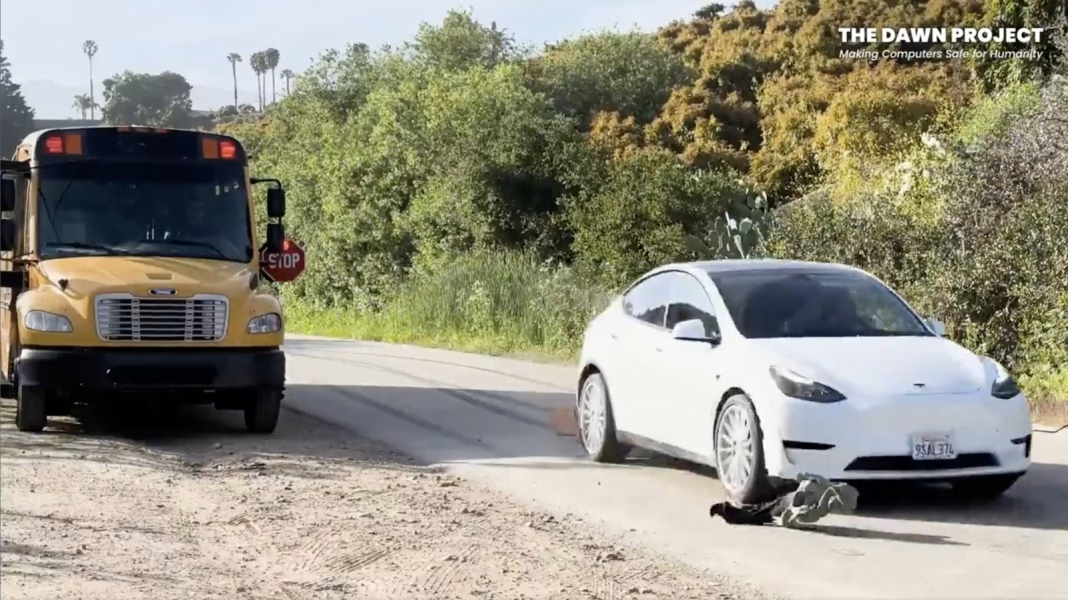Tesla’s Full Self-Driving: What Went Wrong with the Mannequin Incident?
When it comes to autonomous driving technology, Tesla has been at the forefront, touting its Full Self-Driving (FSD) capabilities. However, a recent incident involving a child-sized mannequin has raised eyebrows and sparked discussions about the reliability of these systems. So, what exactly happened?
The Incident Explained
In a test scenario, Tesla’s FSD system detected a mannequin designed to mimic a child, recognizing it as a pedestrian. The surprising twist? Instead of slowing down or stopping, the vehicle continued on its path without any hesitation. This revelation has left many questioning the effectiveness of the technology and its ability to ensure safety in real-world situations.
Understanding the Technology
Tesla’s FSD relies on a complex array of sensors, cameras, and artificial intelligence to navigate roads and make decisions. The system is designed to interpret various objects in its environment, including pedestrians, vehicles, and obstacles. In this case, the detection of the mannequin indicates that the system is capable of recognizing child-sized figures. However, the failure to respond appropriately highlights a critical gap in its decision-making algorithms.
Why Did This Happen?
The incident can be attributed to several factors. First, the software’s programming may not have prioritized the response to smaller figures, especially in a testing environment where the mannequin was used. Additionally, the algorithms that govern the vehicle’s actions might not have been adequately trained to handle such scenarios, leading to a dangerous oversight.
Real-World Implications
This incident isn’t just a technical glitch; it has significant implications for public safety and trust in autonomous vehicles. If a vehicle can recognize a child-sized figure but fails to react appropriately, the potential for real-world accidents increases. Parents and guardians are understandably concerned about the safety of their children, especially as more autonomous vehicles hit the roads.
The Role of Testing and Regulation
As companies like Tesla push the boundaries of technology, rigorous testing and regulatory oversight become crucial. The incident underscores the need for comprehensive testing protocols that simulate various real-world scenarios, including those involving children. Regulatory bodies must ensure that these technologies are not only capable of detecting potential hazards but also equipped to respond in a manner that prioritizes safety.
What Can Be Done?
To address these concerns, Tesla and other manufacturers need to refine their algorithms and enhance their training datasets. Incorporating more diverse scenarios, including child-sized figures in various environments, can help improve the system’s responsiveness. Moreover, transparency in testing results and ongoing updates can help build consumer confidence in the technology.
The big takeaway? Tesla’s FSD isn’t about perfection—it’s about smarter adjustments. Start with one change this week, and you’ll likely spot the difference by month’s end. As we continue to navigate the complexities of autonomous driving, prioritizing safety and reliability is essential for the future of transportation.


